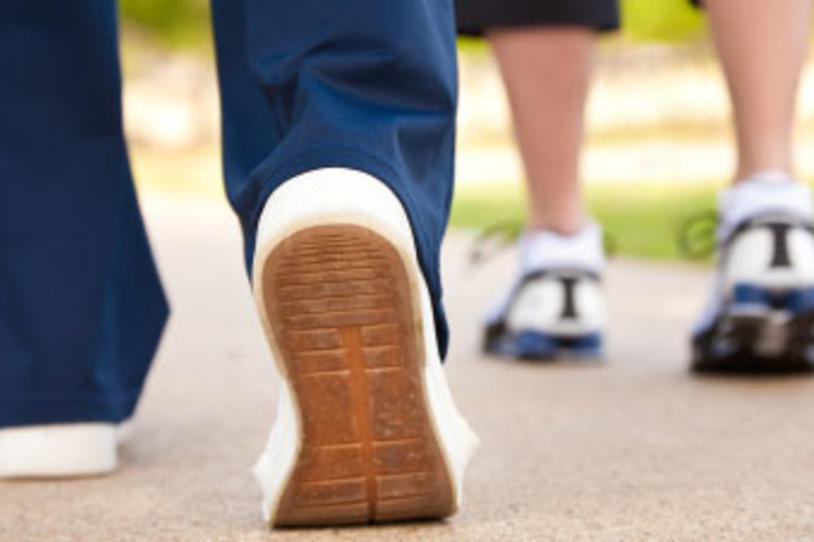
Certain conditions and medications can cause Parkinson’s movement symptoms, which include tremor, slowness, stiffness, and walking and balance problems. When these symptoms occur outside of Parkinson’s disease (PD), they are called “parkinsonism.” In vascular parkinsonism, small strokes in brain areas that control movement cause Parkinson’s-like symptoms. (In PD, cells in the same area are damaged or die due to other causes.)
Symptoms involve the legs more than the arms
Vascular parkinsonism typically affects the legs much more than the arms, often leading to significant walking and balance problems. Because strokes happen suddenly, the symptoms may come on without warning. But because the strokes in vascular parkinsonism are small, the symptoms also could come on gradually over weeks or months. As in PD, vascular parkinsonism symptoms can worsen over time, particularly if more strokes happen.
Diagnosis includes an examination and brain scan
Doctors diagnose vascular parkinsonism with an examination (observing movement symptoms and walking changes, for example) and a brain imaging study (CT scan or MRI) that shows small strokes in the brain areas that control movement. Brain scans also can help exclude other conditions that look similar. For example, people with normal pressure hydrocephalus can experience walking and other changes, but these are due to the brain’s fluid-filled spaces expanding.
Stroke prevention is part of the treatment plan
Treatment includes easing movement symptoms and targeting stroke risk factors. Parkinson’s medications, such as levodopa, may lessen slowness, stiffness and tremor, but they typically do not offer significant benefit. Physical and occupational therapy as well as regular exercise are the main treatments for walking and balance changes.
Because strokes cause vascular parkinsonism, doctors also look for and treat conditions that increase the chance of stroke, such high blood pressure or cholesterol, diabetes, tobacco use and a sedentary lifestyle.
Visit the Ask the MD webpage for more on Parkinson’s and related topics.
